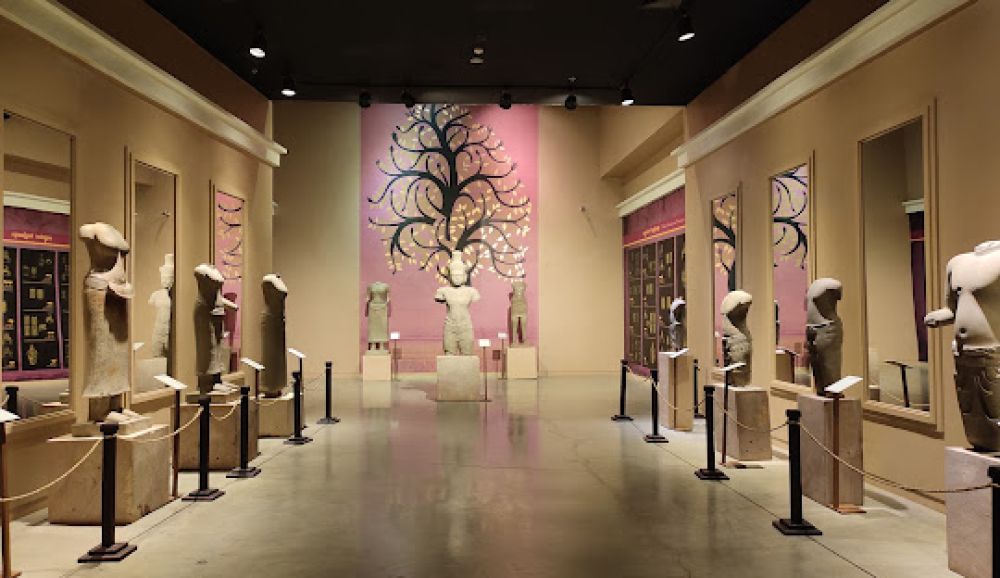

The history of tourism in Siem Reap, Cambodia, is indelibly tied to the Angkor National Museum, which stands as a cultural bastion dedicated to preserving the artifacts and history of the Khmer empire. Siem Reap, home to the world-famous Angkor Wat temple complex, has long drawn visitors from around the globe, keen to explore the ancient ruins that date back to the 9th century.
Recognition of Siem Reap as a tourist destination began in earnest during the French colonial period in the early 20th century. The French restored many of the temples at Angkor and set the foundational stones for tourism, which they saw as a means to promote their colonial empire's cultural prowess. However, the political turmoil and the Khmer Rouge regime in the 1970s brought Cambodia’s tourism to a near standstill, with the region becoming largely inaccessible to outsiders.
With the stabilization of Cambodia's political situation in the 1990s, Siem Reap began to experience a renaissance in tourism. Heritage conservation efforts and the inscription of the Angrek Wat complex as a UNESCO World Heritage Site in 1992 played a pivotal role in drawing attention to the region's historical significance.
The Angkor National Museum, inaugurated in November 2007, was developed with a vision to bring to life the cultural heritage of the Golden Era of the Khmer Kingdom in a structured and educational manner. Unlike other museums that often have a more passive role in tourist itineraries, the Angkor National Museum sought to enhance the visitor experience of the Angkor temples by providing context and insights into the rich history and artistry of the Khmer civilization.
Housing a comprehensive collection of artifacts from the Angkor period, the museum's galleries are meticulously organized, taking visitors on a journey through time. The museum's design integrates traditional Khmer architecture with state-of-the-art exhibition technology, providing an immersive experience.
One of the highlights is the Gallery of 1,000 Buddhas, which includes a wide range of Buddha statues and reliquaries in various poses and materials, indicating the spiritual devotion of the Khmer people. Visitors can also marvel at intricate stone carvings, inscriptions, and statues that have been preserved and give unparalleled insight into the daily lives and religious customs of the ancient empire.
The establishment of the Angkor National Museum has been a significant boon for the Siem Reap region, complementing the temple visits with educational richness and enhanced cultural understanding. The museum has become a must-visit destination in its own right, offering visitors an opportunity to view relics that are not accessible on the temple grounds and providing a refuge from the heat and the crowds during peak tourist seasons.
The latest trends in Siem Reap tourism reflect a growing interest in sustainable and responsible travel. Visitors are increasingly seeking authentic experiences that respect the local environment and contribute to the community. This has led to the growth of eco-friendly hotels, local-led tours, and community-based tourism initiatives that aim to preserve the cultural heritage and natural beauty of the region.
The burgeoning wellness and spiritual tourism market is also evident, with many tourists coming to Siem Reap for yoga, meditation, and retreats that offer a deeper connection to the serene landscape and ancient spiritual sites.
Through the years, the Angkor National Museum has not just been a gateway to Cambodia's illustrious past but also a catalyst for the evolving narrative of Siem Reap's tourism. As the region continues to adapt to changing tourist behaviors, the museum remains a steadfast portal to the profound legacy of the Khmer Empire.